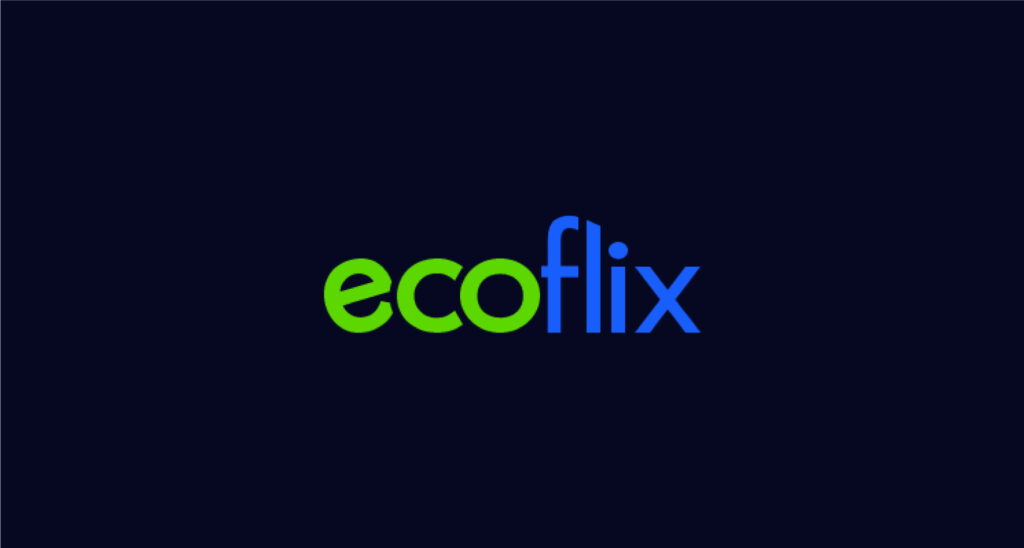The Bundle of Streaming Service? It won’t happen fast
Nothing like a cable-like digital streaming package is foreseen Will the streaming services bundle as traditional pay TV did with cable channels? According to Alex Sherman and Lillian Rizzo writing on the CNBC website, the answer is no.
“The traditional pay TV business has been highly profitable for decades for large media companies. Still, almost three years since the launch of Disney+ – when a
competitive streaming market started – nothing like a cable-like digital streaming package exists or is foreseen”, the article says. “Competitive imbalances and unanswered strategic questions have prevented it from developing.” Companies have already formed bundles, but they involve streaming products owned by the same company. Disney, for example, offers its three streaming services (ESPN+, Hulu, and Disney+) for a heavily discounted price of $13.99 per month. Bought separately, the services would cost about $25 per month; Paramount recently announced a bundle of Showtime with Paramount+; Warner Bros. Discovery will put together HBO Maz and Discovery+. The obstacles of setting new bundling standards have thus far been prohibitive. “I think we’ll eventually see it happen,” said Tom Rogers, former president of NBC Cable and currently executive chairman of Engine Media. “The question becomes what catalyzes it to happen.” The pros of a bundled service are clear: consumers will save money, and corporations will benefit from the reduced number of people who cancel each month, phenomena known in the industry as “churn.” The reduced defection would be a valuable tool for media executives who want to show sustained streaming growth.
Offering a large bundle would also likely lead to better options for viewers. Figuring out which streaming service has which movie or TV show is still a forehand-slapping nightmare for most users.
Allowing consumers to stay in one service, rather than forcing them to jump from application to application to find shows, also prevents unwanted friction for executives who want to maximize their customers’ time spent watching content. Cons are also very clear: tying together services for a discount will likely mean lower revenues for all the services involved. The second hurdle is figuring out who will control the user experience. Every major media company wants to own the direct consumer relationship and the data that comes with knowing customers’ behavior. This is especially helpful for advertisers, now that Netflix and Disney are about to launch their ad-supported products. Several potential aggregators could offer a bundle of streaming products. Digital video distributors like Roku, Amazon, or Apple would be obvious candidates. But those companies also provide their own streaming services – The Roku Channel, Prime Video, and Apple TV+, respectively – which could deter broader partnerships.
“The traditional pay TV business has been highly profitable for decades for large media companies. Still, almost three years since the launch of Disney+ – when a
competitive streaming market started – nothing like a cable-like digital streaming package exists or is foreseen”, the article says. “Competitive imbalances and unanswered strategic questions have prevented it from developing.” Companies have already formed bundles, but they involve streaming products owned by the same company. Disney, for example, offers its three streaming services (ESPN+, Hulu, and Disney+) for a heavily discounted price of $13.99 per month. Bought separately, the services would cost about $25 per month; Paramount recently announced a bundle of Showtime with Paramount+; Warner Bros. Discovery will put together HBO Maz and Discovery+. The obstacles of setting new bundling standards have thus far been prohibitive. “I think we’ll eventually see it happen,” said Tom Rogers, former president of NBC Cable and currently executive chairman of Engine Media. “The question becomes what catalyzes it to happen.” The pros of a bundled service are clear: consumers will save money, and corporations will benefit from the reduced number of people who cancel each month, phenomena known in the industry as “churn.” The reduced defection would be a valuable tool for media executives who want to show sustained streaming growth.
Offering a large bundle would also likely lead to better options for viewers. Figuring out which streaming service has which movie or TV show is still a forehand-slapping nightmare for most users.
Allowing consumers to stay in one service, rather than forcing them to jump from application to application to find shows, also prevents unwanted friction for executives who want to maximize their customers’ time spent watching content. Cons are also very clear: tying together services for a discount will likely mean lower revenues for all the services involved. The second hurdle is figuring out who will control the user experience. Every major media company wants to own the direct consumer relationship and the data that comes with knowing customers’ behavior. This is especially helpful for advertisers, now that Netflix and Disney are about to launch their ad-supported products. Several potential aggregators could offer a bundle of streaming products. Digital video distributors like Roku, Amazon, or Apple would be obvious candidates. But those companies also provide their own streaming services – The Roku Channel, Prime Video, and Apple TV+, respectively – which could deter broader partnerships.
Source: cnbc.com
Share:
Nothing like a cable-like digital streaming package is foreseen Will the streaming services bundle as traditional pay TV did with cable channels? According to Alex Sherman and Lillian Rizzo writing on the CNBC website, the answer is no.
“The traditional pay TV business has been highly profitable for decades for large media companies. Still, almost three years since the launch of Disney+ – when a
competitive streaming market started – nothing like a cable-like digital streaming package exists or is foreseen”, the article says. “Competitive imbalances and unanswered strategic questions have prevented it from developing.” Companies have already formed bundles, but they involve streaming products owned by the same company. Disney, for example, offers its three streaming services (ESPN+, Hulu, and Disney+) for a heavily discounted price of $13.99 per month. Bought separately, the services would cost about $25 per month; Paramount recently announced a bundle of Showtime with Paramount+; Warner Bros. Discovery will put together HBO Maz and Discovery+. The obstacles of setting new bundling standards have thus far been prohibitive. “I think we’ll eventually see it happen,” said Tom Rogers, former president of NBC Cable and currently executive chairman of Engine Media. “The question becomes what catalyzes it to happen.” The pros of a bundled service are clear: consumers will save money, and corporations will benefit from the reduced number of people who cancel each month, phenomena known in the industry as “churn.” The reduced defection would be a valuable tool for media executives who want to show sustained streaming growth.
Offering a large bundle would also likely lead to better options for viewers. Figuring out which streaming service has which movie or TV show is still a forehand-slapping nightmare for most users.
Allowing consumers to stay in one service, rather than forcing them to jump from application to application to find shows, also prevents unwanted friction for executives who want to maximize their customers’ time spent watching content. Cons are also very clear: tying together services for a discount will likely mean lower revenues for all the services involved. The second hurdle is figuring out who will control the user experience. Every major media company wants to own the direct consumer relationship and the data that comes with knowing customers’ behavior. This is especially helpful for advertisers, now that Netflix and Disney are about to launch their ad-supported products. Several potential aggregators could offer a bundle of streaming products. Digital video distributors like Roku, Amazon, or Apple would be obvious candidates. But those companies also provide their own streaming services – The Roku Channel, Prime Video, and Apple TV+, respectively – which could deter broader partnerships.
“The traditional pay TV business has been highly profitable for decades for large media companies. Still, almost three years since the launch of Disney+ – when a
competitive streaming market started – nothing like a cable-like digital streaming package exists or is foreseen”, the article says. “Competitive imbalances and unanswered strategic questions have prevented it from developing.” Companies have already formed bundles, but they involve streaming products owned by the same company. Disney, for example, offers its three streaming services (ESPN+, Hulu, and Disney+) for a heavily discounted price of $13.99 per month. Bought separately, the services would cost about $25 per month; Paramount recently announced a bundle of Showtime with Paramount+; Warner Bros. Discovery will put together HBO Maz and Discovery+. The obstacles of setting new bundling standards have thus far been prohibitive. “I think we’ll eventually see it happen,” said Tom Rogers, former president of NBC Cable and currently executive chairman of Engine Media. “The question becomes what catalyzes it to happen.” The pros of a bundled service are clear: consumers will save money, and corporations will benefit from the reduced number of people who cancel each month, phenomena known in the industry as “churn.” The reduced defection would be a valuable tool for media executives who want to show sustained streaming growth.
Offering a large bundle would also likely lead to better options for viewers. Figuring out which streaming service has which movie or TV show is still a forehand-slapping nightmare for most users.
Allowing consumers to stay in one service, rather than forcing them to jump from application to application to find shows, also prevents unwanted friction for executives who want to maximize their customers’ time spent watching content. Cons are also very clear: tying together services for a discount will likely mean lower revenues for all the services involved. The second hurdle is figuring out who will control the user experience. Every major media company wants to own the direct consumer relationship and the data that comes with knowing customers’ behavior. This is especially helpful for advertisers, now that Netflix and Disney are about to launch their ad-supported products. Several potential aggregators could offer a bundle of streaming products. Digital video distributors like Roku, Amazon, or Apple would be obvious candidates. But those companies also provide their own streaming services – The Roku Channel, Prime Video, and Apple TV+, respectively – which could deter broader partnerships.
Source: cnbc.com









